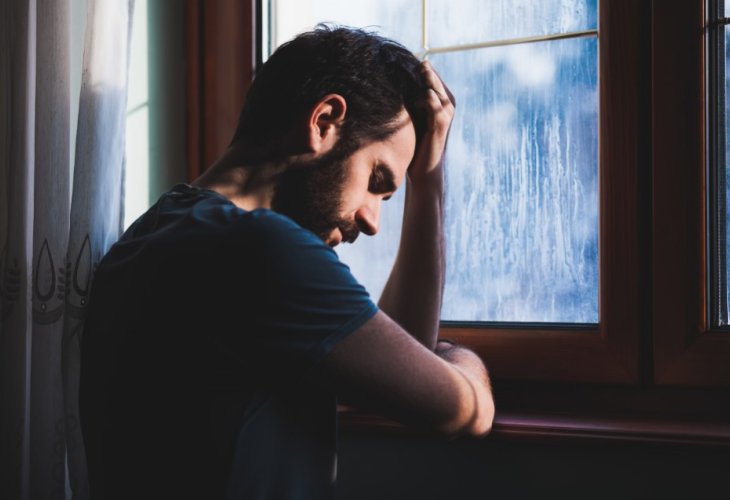Depression and Anxiety
Winter Depression: How to Recognize and Overcome Seasonal Affective Disorder (SAD)
Practical physical and emotional strategies to beat the winter blues and restore your mood, energy, and joy during the colder months.
 (Illustrative photo: Shutterstock)
(Illustrative photo: Shutterstock)"I can’t stand winter! Everything’s gray! It’s cold, rainy, and I can’t go outside!" "The day hasn’t even started, I haven’t done anything, and the sun is already setting!" "I’m so sick of this weather. When will spring finally come?"
Sound familiar?
Many of us regularly experience a low mood during the winter months, ranging from mild “winter blues” to a condition known as Seasonal Affective Disorder (SAD). SAD is a form of major depression that appears during specific seasons (usually winter) and lifts as spring approaches.
Beyond the sadness, people with SAD often withdraw from social activity, lose interest in things they once enjoyed, and experience low energy. Many tend to oversleep or crave more sugary foods.
What Causes Seasonal Depression?
The causes seem to be both psychological and physiological. On the psychological side, people naturally slow down in the winter and stay indoors more to avoid the cold and rain. The visual dullness of winter- the gray skies and reduced daylight- also impacts mood.
Physiologically, reduced sunlight can increase melatonin production (which causes fatigue) and decrease serotonin (a hormone directly linked to mood). These changes may trigger or worsen depressive symptoms, especially in individuals already sensitive to emotional fluctuations.
What Can You Do About It?
Following are physical and emotional strategies to help combat winter depression:
1. Get Moving:
Play your favorite music and dance around the house, or just do a deep clean- anything to get your body moving. Brave souls can bundle up and go for a brisk outdoor walk. Ideally, do this during daylight and with a friend.
2. Maximize Light:
Open your curtains, let in as much natural light as possible, and brighten your home with strong artificial lighting. It truly makes a difference.
3. Nutrition:
Eat a balanced, mood-supportive diet. Whole grains (like brown rice and whole wheat bread) help regulate energy and mood. Omega-3 rich fish like salmon are also highly recommended.
4. Light Therapy:
Daily morning exposure to a strong beam of light for at least 30 minutes has been shown to reduce SAD symptoms.
5. Stay Social:
Even if it's the last thing you feel like doing, try to meet up with friends or visit family. If going out feels like too much, just pick up the phone and talk to someone you love.
6. Do Something Meaningful:
Having a sense of purpose is one of the most powerful antidotes to depression.
Give to Others: Try making someone else’s day better- even a warm “good morning” and a smile to a struggling coworker can lift your spirits.
Create: Reconnect with an old hobby like playing an instrument, drawing, cooking, or woodworking. Creativity brings vitality.
7. Seek Professional Help:
If nothing seems to help, consider speaking with a therapist to address the root causes of your low mood. In some cases, natural remedies or even antidepressants may be recommended.
Even though winter depression tends to pass as the seasons change, those months can feel very long and very hard. Depression isn’t a life sentence, and these tips can help you find the support and balance you need to feel better again.
Oded Alon is an emotional therapist.

